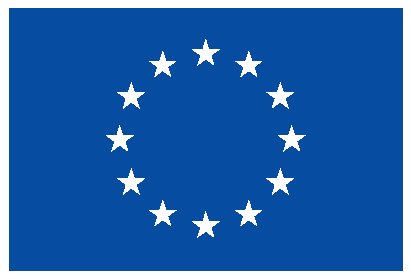Studying the effect of different Lp norms in the context of Time Series Ordinal Classification
Hits: 8803
- Research areas:
- Year:
- 2021
- Type of Publication:
- In Proceedings
- Keywords:
- Lp norms, TSOC, time series, L2, L1, ordinal classification,
- Authors:
- Volume:
- 12882
- Book title:
- Proceedings of the XIX Conference of the Spanish Association for Artificial Intelligence (CAEPIA)
- Series:
- Lecture Notes in Artificial Intelligence (LNAI)
- Pages:
- 44-53
- Organization:
- Malaga, Spain
- Month:
- 22nd-24th September
- ISBN:
- 978-3-030-85712-7
- ISSN:
- 0302-9743
- BibTex:
- Abstract:
- Time Series Ordinal Classification (TSOC) is yet an unexplored field of machine learning consisting in the classification of time series whose labels follow a natural order relationship between them. In this context, a well-known approach for time series nominal classification was previously used: the Shapelet Transform (ST). The exploitation of the ordinal information was included in two steps of the ST algorithm: 1) by using the Pearson's determination coefficient (R²) for computing the quality of the shapelets, which favours shapelets with better ordering, and 2) by applying an ordinal classifier instead of a nominal one to the transformed dataset. For this, the distance between labels was represented by the absolute value of the difference between the corresponding ranks, i.e. by the L1 norm. In this paper, we study the behaviour of different Lp norms for representing class distances in ordinal regression, evaluating 9 different Lp norms with 7 ordinal time series datasets from the UEA-UCR time series classification repository and 10 different ordinal classifiers. The results achieved demonstrate that the Pearson's determination coefficient using the L1.9 norm in the computation of the difference between the shapelet and the time series labels achieves a significantly better performance when compared to the rest of the approaches, in terms of both Correct Classification Rate (CCR) and Average Mean Absolute Error (AMAE).







